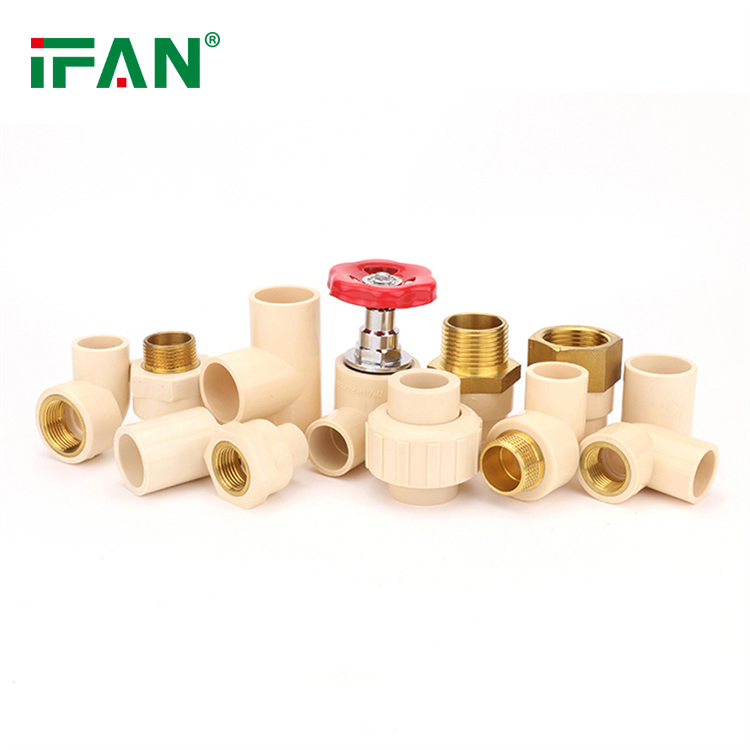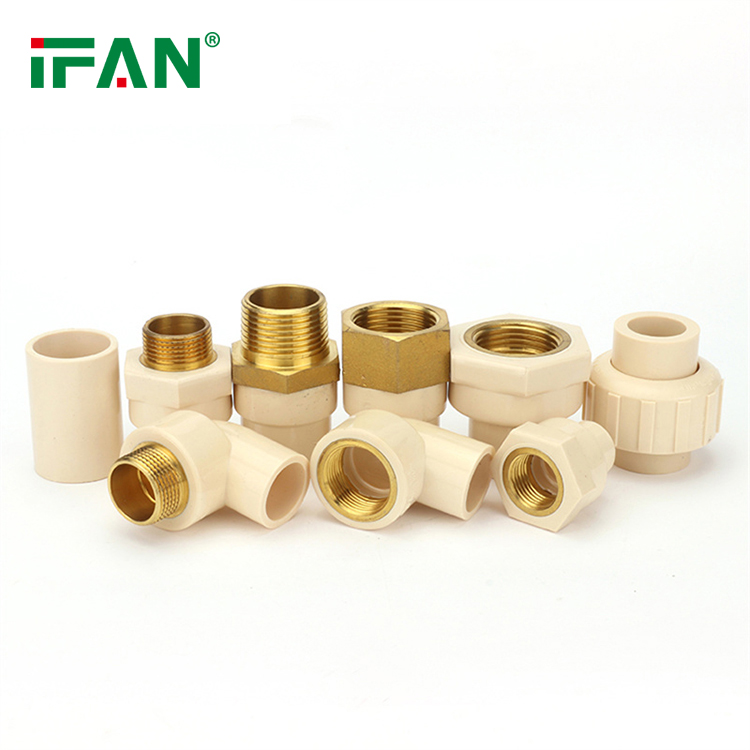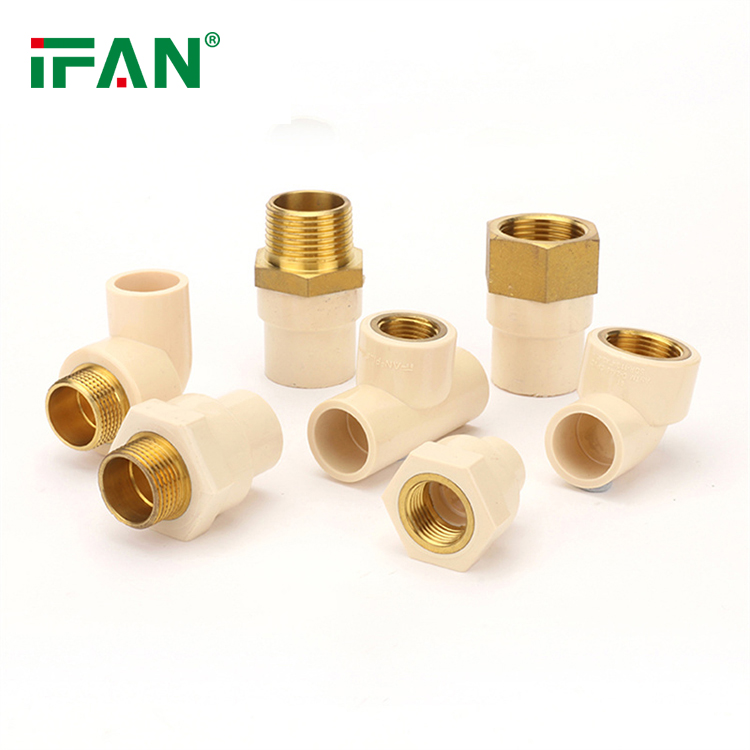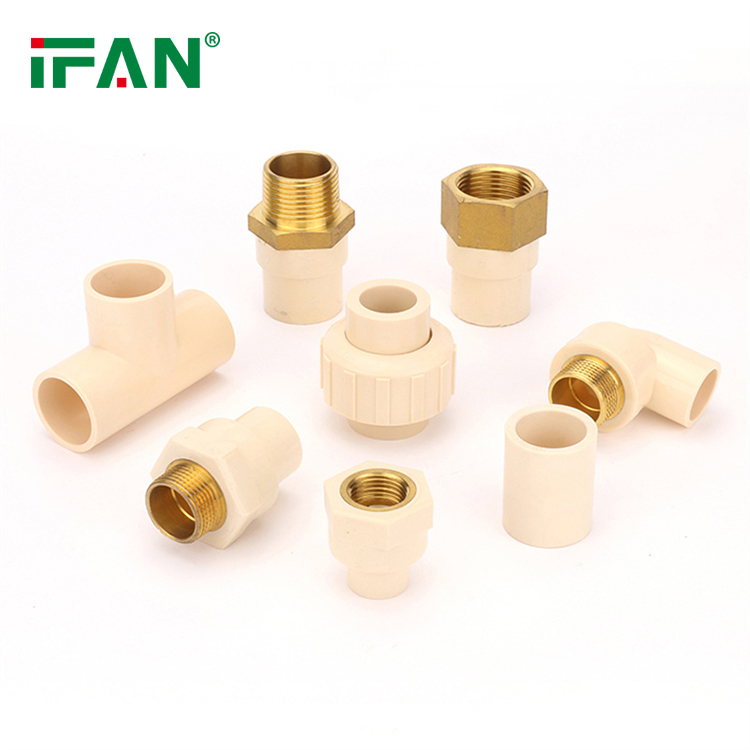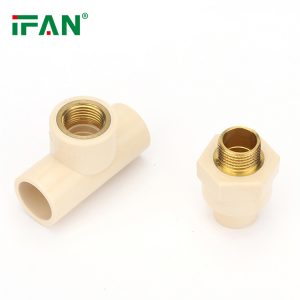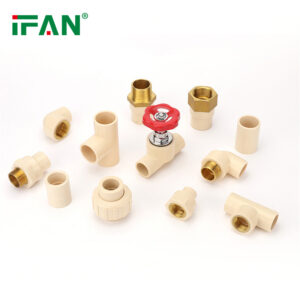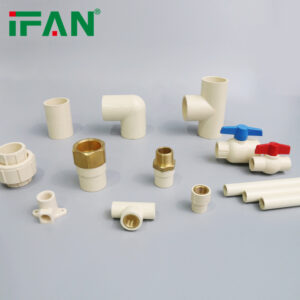Description
IFAN factory 30+ years manufacture experience support color /size customization support free sample.Welcome to consult for catalog and free samples.This is our Facebook Website:www.facebook.com,Click to watch IFAN’s product video.Compared with Tomex products, our IFAN products from quality to price are your best choice, welcome to buy!
CPVC (Chlorinated Polyvinyl Chloride) fittings are widely used in plumbing, irrigation, and industrial applications due to their durability and resistance to corrosion. Proper storage and handling of CPVC fittings are essential to ensure their longevity and functionality. This article outlines best practices for storing and handling CPVC fittings effectively.
1. Proper Storage Conditions
To maintain the integrity of CPVC fittings, it is crucial to store them in appropriate conditions. CPVC should be kept in a cool, dry place away from direct sunlight and heat sources. Exposure to UV light can degrade the material, leading to brittleness and failure over time. Ideally, the storage area should have a temperature range between 40°F to 120°F (4°C to 49°C). Additionally, ensure that the fittings are stored on clean, flat surfaces to prevent warping or damage.
2. Organized Storage Solutions
An organized storage system can significantly enhance efficiency when working with CPVC fittings. Use shelves, bins, or racks to separate different sizes and types of fittings. Label each container clearly to facilitate easy identification and retrieval. Avoid stacking CPVC fittings in a way that could cause them to crush or deform. Keeping fittings organized not only prevents damage but also saves time during installation or repairs.
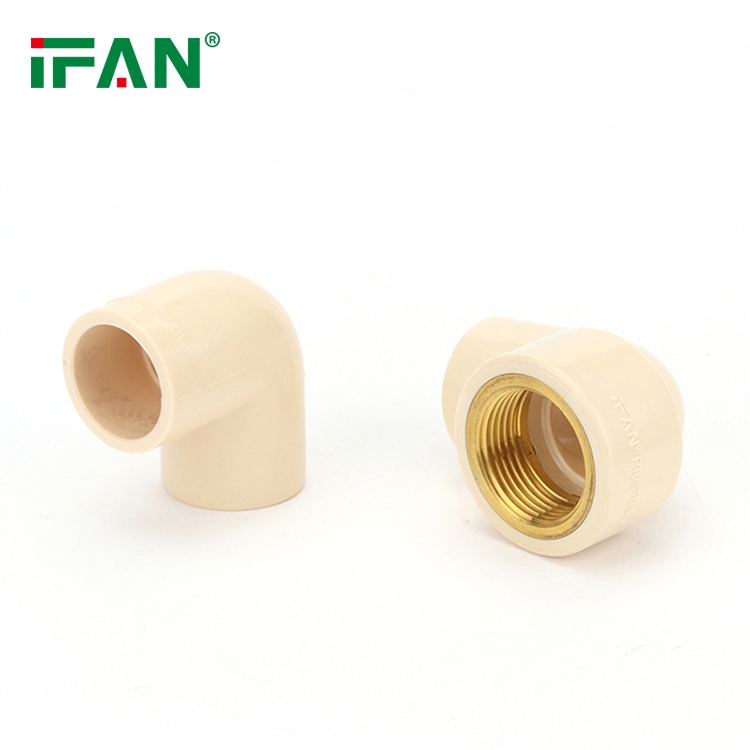
3. Handling with Care
When handling CPVC fittings, it is essential to do so gently to avoid scratches or cracks. Always handle fittings by their body rather than the ends to minimize stress. When moving large quantities, consider using carts or dollies to reduce manual handling. If disassembling or reassembling fittings, use appropriate tools designed for CPVC to prevent damage. Avoid using excessive force, as this can lead to cracking or breaking.
4. Avoiding Chemical Contamination
CPVC is resistant to many chemicals, but certain substances can cause degradation. It is crucial to keep CPVC fittings away from solvents, oils, and other chemicals that may compromise their structural integrity. When storing fittings, ensure they are not exposed to any chemical vapors. Additionally, if cleaning is necessary, use mild soap and water instead of harsh chemicals. Always refer to the manufacturer’s guidelines for recommended cleaning agents.
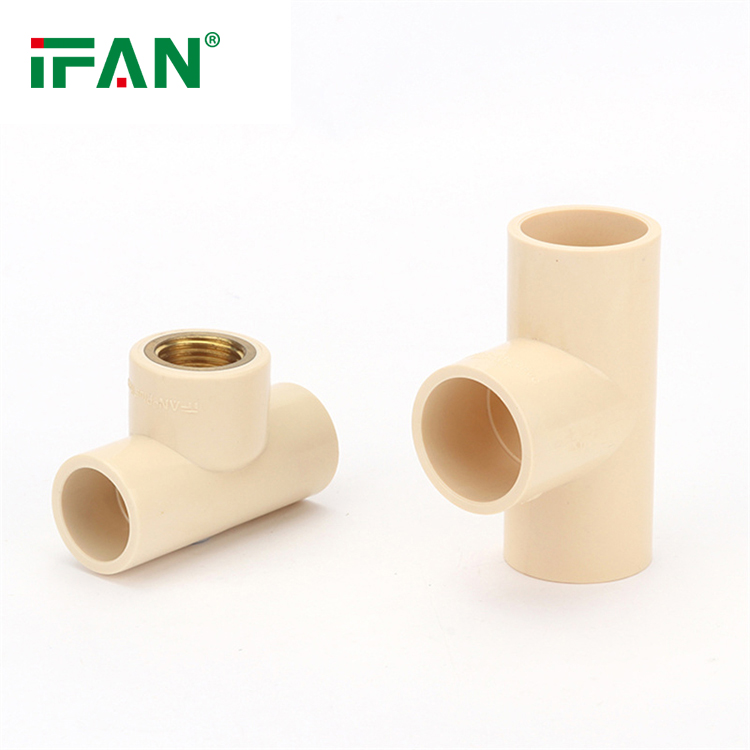
5. Regular Inspection and Maintenance
Regularly inspecting CPVC fittings for signs of wear or damage is vital for ensuring long-term performance. During inspections, look for cracks, discoloration, or any deformities. If you find any damaged fittings, replace them immediately to prevent leaks or system failures. Additionally, maintain a clean storage area free from dust and debris that could accumulate on the fittings. Keeping fittings in good condition through regular maintenance will extend their lifespan and reliability.
Conclusion
By following these best practices for storing and handling CPVC fittings, users can ensure the longevity and effectiveness of these essential components. Proper storage conditions, an organized system, careful handling, avoidance of chemical contamination, and regular inspections all play critical roles in maintaining the quality of CPVC fittings. Adhering to these guidelines not only helps in achieving optimal performance but also contributes to the overall success of any project involving CPVC systems.
Related products
-
CPVC ASTM2846
PVC fittings: The versatile choice for DIY projects
-
CPVC ASTM2846
Revolutionizing Fluid Control: CPVC Fitting Valve
-
CPVC ASTM2846
Why is CPVC used instead of PVC?
-
CPVC ASTM2846
Cpvc heat resistant temperature


